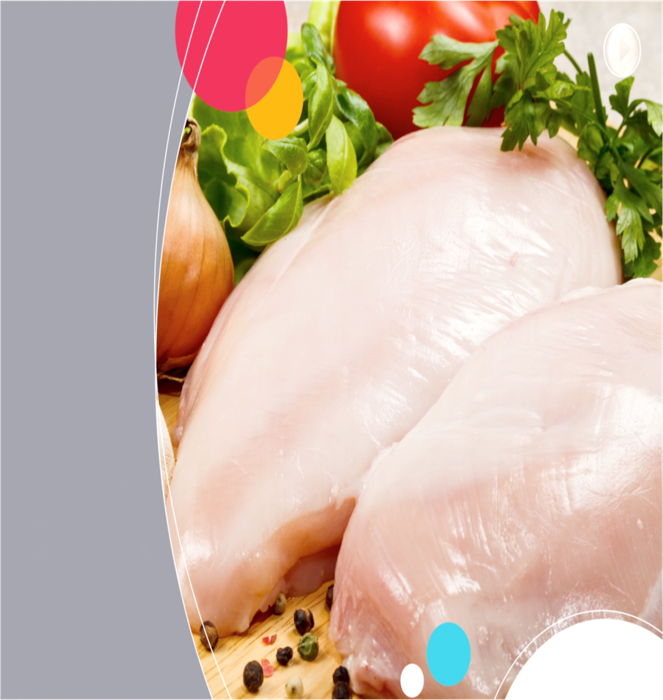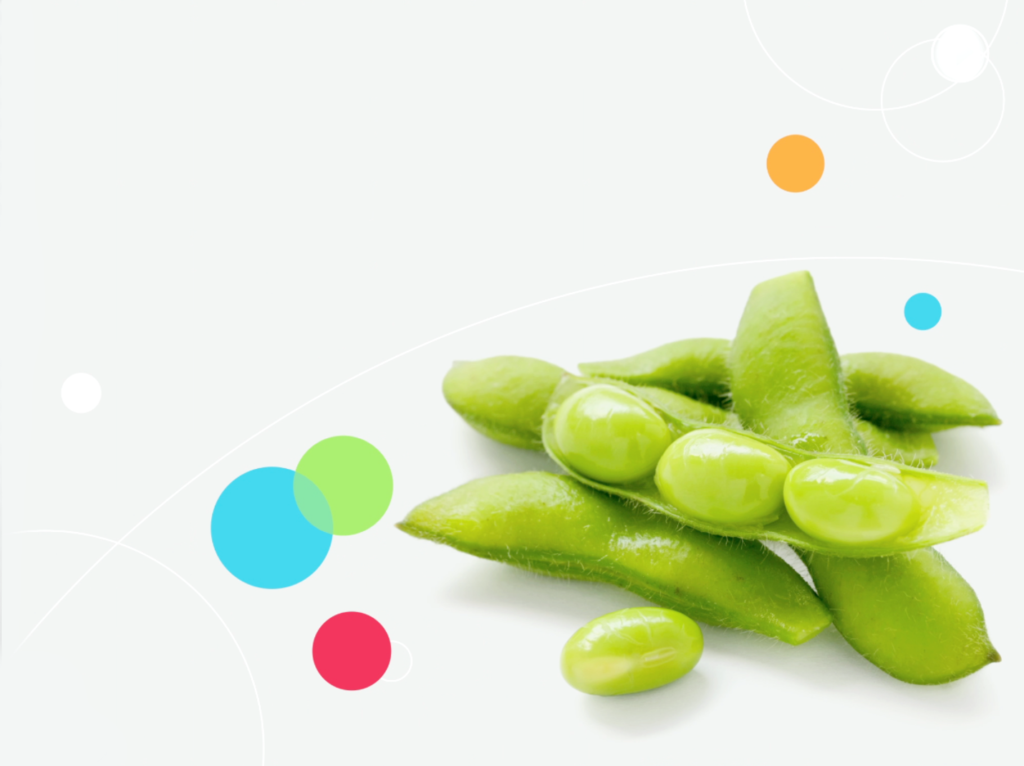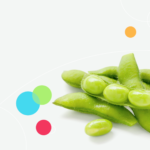Protein the Foundation of Life
What is protein?
Protein the first nutrient is made up of twenty amino acids similar to the pieces in a set of lego. All 20 amino acids are necessary to make different types of protein in the body such as muscle, hormones, enzymes. Amino acids are the building blocks of life. Our bodies make most of the amino acids we need but there are 9 of them that we are not able to make. We, therefore have to eat a variety of foods to get them. For the most part, we get protein from animal and plant sources. The 9 amino acids we are unable to make are the essential amino acids.
Essential amino acids
- Lysine
- Leucine
- Isoleucine
- Threonine
- Histidine
- Methionine
- Tryptophan
- Valine
- Phenylalanine
Amino acids repair tissue damage in our bodies. As a result, tissues grow back stronger. Our muscle mass decreases when we age. Therefore, muscles tend to get weaker. We break down muscle when we exercise. Eating enough protein gives us the ability to carry out the necessary repairs to muscle after exercise. Most importantly, eating protein throughout the day maintains stronger muscles.
Protein Function
Although protein is found mainly in muscle, organs and tissues throughout the body are also made up of protein. Macronutrients are protein, carbohydrates, fats because large amounts are needed by the body. Protein takes longer to be broken down and digested therefore hunger is satisfied. In other words we feel full for a longer period of time. It takes more energy to process protein than to digest carbohydrates and fats. For this reason, eating protein foods with the essential amino acids allows us to burn fat and have even more energy.
Amino acids make proteins such as Hemoglobin, a protein transporting oxygen in the blood, Whey protein supporting muscle strength. Glutathione is equally important for removal of toxins from the body. Three amino acids containing sulfur make Glutathione. Sulfur increases the stickiness of this protein. Because of this, our immune system is better able to fight infection including killing cancer cells. Toxins stick to glutathione like glue. We are healthy, better able to control inflammation, fight disease and age healthy when our glutathione levels are high.
Protein Sources and Protein Quality

Protein sources include chicken, turkey, pork, fish, eggs, lean meat and dairy products like cheese and milk. Lentils, grains, peas, spinach, and soybeans are plant sources of protein.
How a protein is digested and the number of amino acids it contains, is a measure of its quality. Protein digestibility corrected amino acid score (PDCAAS) is a number that measures protein quality. It is adopted by the Food and Agricultural Organization (FAO) and The World Health Organization (WHO). The highest protein quality in this score is 1 (whey, casein, egg, soy). Beef scored 0.92, vegetable proteins scored 0.70-0.78.
Soy Protein

Soy protein is one of the few plant sources of protein that is a complete protein. It has all the amino acids including all the essential amino acids the body is unable to make. Soy protein is one of the highest quality of proteins. Vegetarians, vegans, the food industry use soy protein because of its affordability. Many cultures also use it as an affordable protein source. It increases the nutritional value of food.
Soy Foods
Soy products include steamed soybeans, roasted soy nuts, tofu, soy milk, soy burgers, soy butter, soy sauce, cheese, flour. The soy protein Supro supports lean muscle mass, muscle strength, heart and bone health. Soy milk formulas are substitutes for babies who have problems digesting lactose, a milk protein.
Health benefits of Soy
Eating 25 grams of Soy protein every day helps with weight management. Skin elasticity is improved thus decreasing fine lines and wrinkles. By lowering blood cholesterol, heart disease risk may be reduced. The Food and Drug Administration (FDA) approved this health claim for package labeling. Good fats (polyunsaturated fats), fiber and vitamins help maintain a healthy heart. Soy protein in soybeans seems to decrease protein in the urine in chronic kidney disease and diabetes.
Isoflavones, estrogen-like substances help manage hot flashes in menopausal women. Estrogen increases bone density, hence slowing bone loss, preventing osteoporosis. Soy seems to protect against breast cancer. Asian women eating a diet high in soy tend to have a lower breast cancer risk. There may be protection against prostate cancer in men. Of concern to men is lowering testosterone levels. Testosterone, the male hormone has not been shown to be affected by eating soy foods.
Soy-based foods are rich in vitamins and minerals, good for overall health. As a matter of fact, Soy protein meat supplement, a good vegetable source of protein in school lunches, can be stored at room temperature for more than a year before its use.
Obesity has reached epidemic proportions worldwide. Increase in body fat combined with a decrease in muscle mass is associated with chronic diseases like diabetes and heart disease. On one hand, increasing the amount of protein we eat while simultaneously lowering calorie intake helps in reducing fat. Building and maintaining our muscle mass also occur. On the other hand, exercise, in particular resistance exercise such as weight lifting is even more helpful in building and keeping our muscle mass. Reducing chronic diseases of aging is therefore possible.
“We delight in the beauty of the butterfly, but rarely admit the changes it has gone through to achieve that beauty, – Maya Angelou

